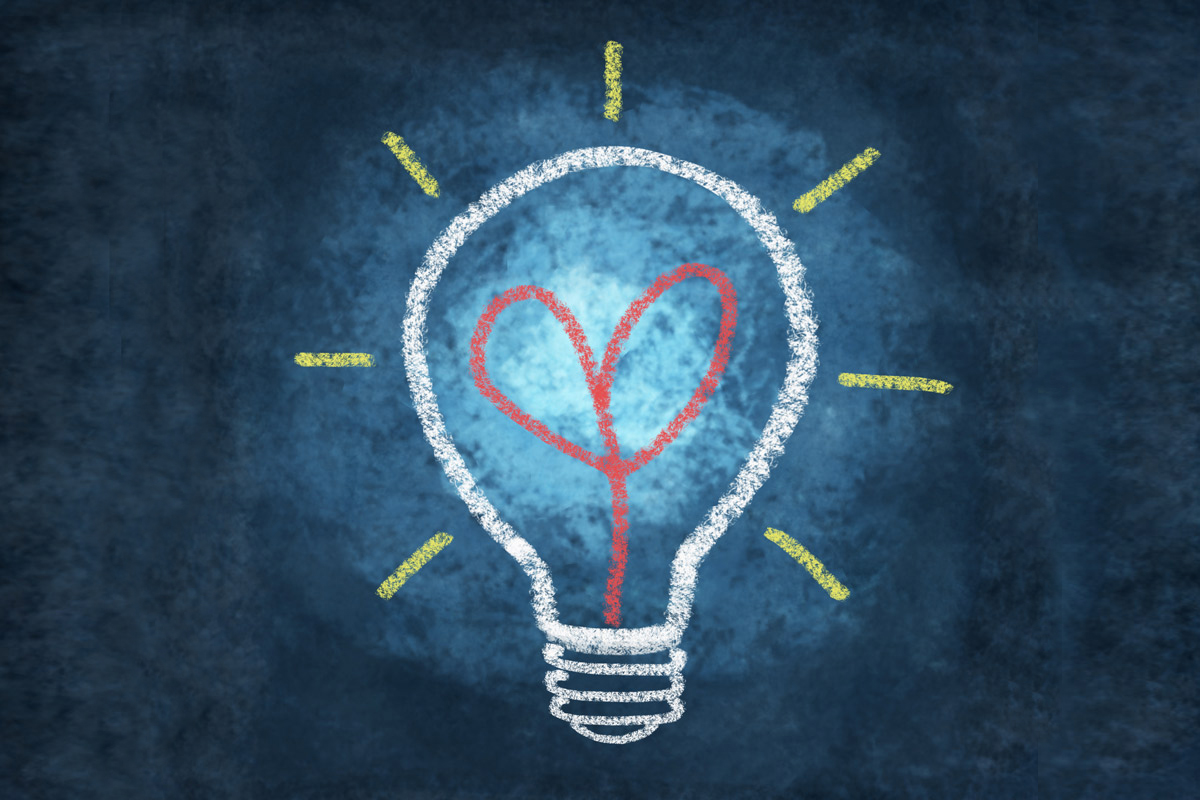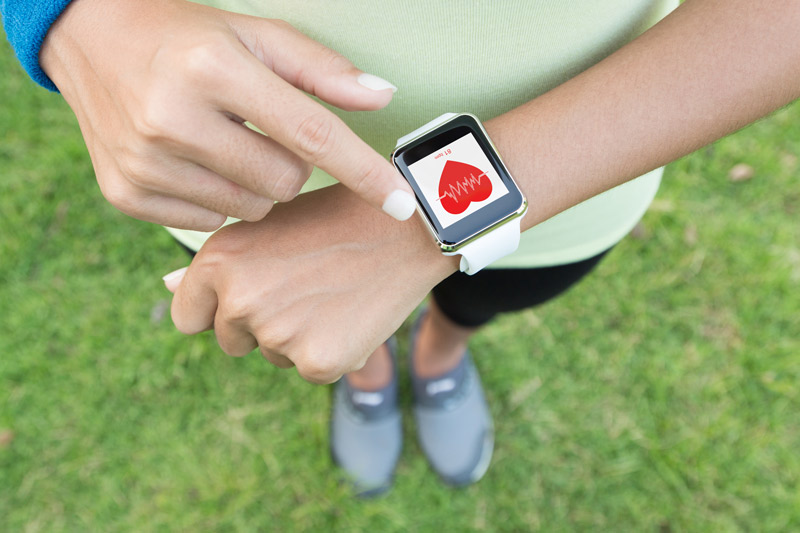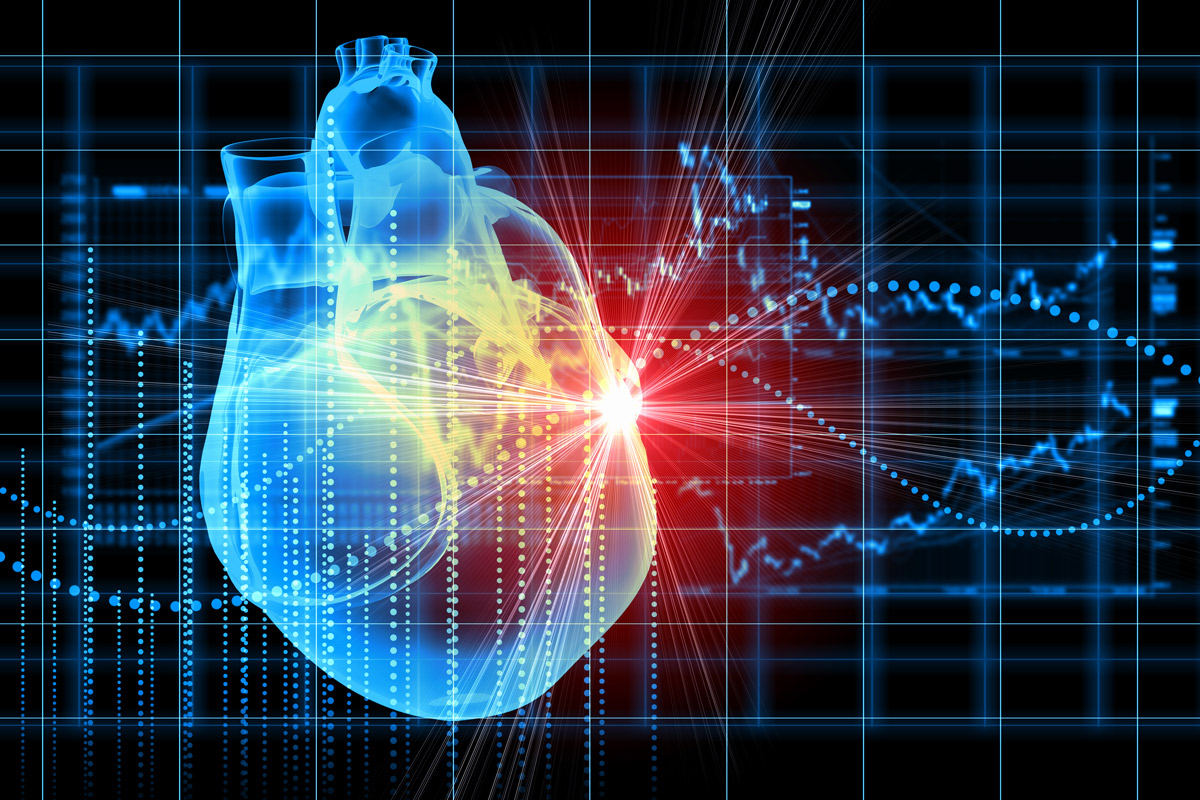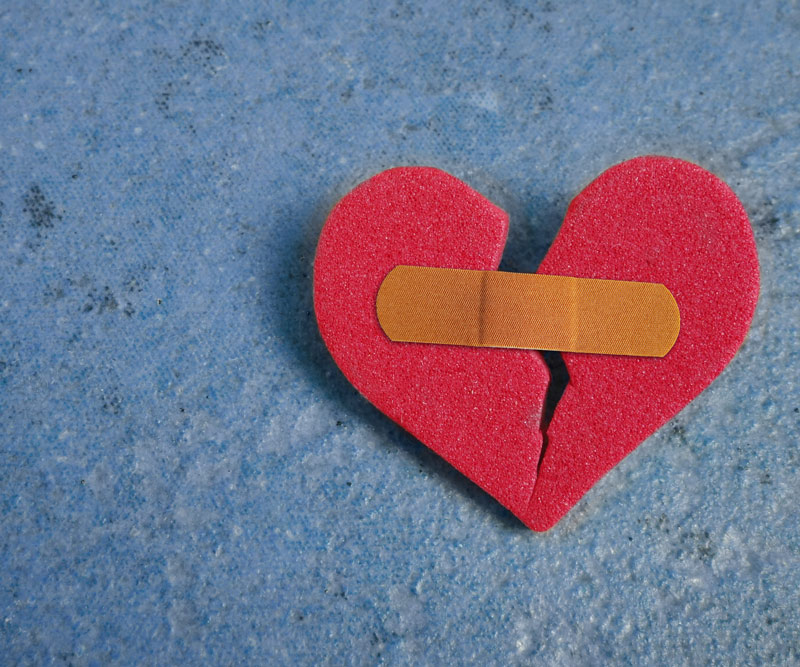
Heart Smarts 101: What Makes the Heart Tick & Other Fun Facts
Your heart pounds when you’re excited, jumps when you're scared, breaks when you're sad and flutters when you're in love.
But have you ever wondered what makes your heart tick?
Here, experts from the Hawaii Pacific Health Heart Centers explain how your heart works and other interesting facts about this amazing organ.
Fact #1: Your heart is made up of four chambers.
The top chambers (the atria) and bottom chambers (the ventricles) work together to pump in sequence to receive and distribute blood to the lungs and body.
The right side of the heart carries deoxygenated blood from the body, and the left side carries oxygenated blood from the lungs, which gets pumped to the rest of the body.
Together, these chambers work in sync to pump blood carrying oxygen and other nutrients to different organs and tissues in the body so that they can work properly.
Fact #2: Your heart beats 100,000 time a day.
That tell-tale "lub-dub, lub-dub" we associate with a healthy heartbeat is the sound of two pairs of valves closing inside the chambers of the heart. These valves keep blood flowing in one direction through the heart.

Fact #3: Your heart has an electrical wiring system.
The conduction system is composed of "pacemaker cells" that generate and conduct electrical signals throughout the heart. This process allows the heart to beat faster or slower in response to the body's needs.
The average heart rate for an adult is 60-100 beats per minute (bpm), but a woman’s average heartbeat is almost eight beats a minute faster than a man's.
Other factors affecting bpm? Age and fitness levels.
The fitter you are, the slower your heart rate.
Your bpm also decreases slightly the older you get.
Fact #4: Your heart pumps about 1.5 gallons of blood throughout the body every minute.
It requires a well-coordinated machine to keep all that blood flowing.
When the heart beats, the conduction system sends an electrical signal from the top of the heart near the atria and down through the ventricles.
When the atria contract, the atrioventricular valves sandwiched between the atria and the ventricles open, and the blood in each atrium flows through its respective valve down into a ventricle.
Once both ventricles fill with blood, the atrioventricular valves shut, preventing blood from moving back into the atria. This shutting of the atrioventricular valves creates the first sound of your heartbeat – the "lub."
While this is happening, the heart's electrical signal has passed from the atria into the ventricles. The atria relax, the ventricles contract and the second set of valves opens.
These valves leading out of the ventricles are called the semilunar valves, and they represent the heart's exit doors.
Oxygen-depleted blood in the right ventricle leaves the heart through the pulmonary valve that connects to the pulmonary artery leading to the lungs.
At the same time, freshly oxygenated blood in the left ventricle exits through the aortic valve and is transported to the rest of the body via the aorta, the body's largest artery.
Once the passing electrical current contracts the ventricles, the blood inside them is forced through the open semilunar valves, which then slam shut. This is the second half of your heartbeat – the "dub."
Besides the four chambers, the valves and aorta, other structures that play a key role in healthy heart functions include the coronary arteries, which provide oxygen and nutrients to the heart muscle itself so it can function properly.

Fact #5: Heart disease can cause this fine-tuned system to short circuit.
Heart disease is the leading cause of death for both men and women in the United States, posing a greater health risk than the top cancers in both genders (prostate and breast, respectively).
(On a side note, heart cancer is very rare because your heart cells stop dividing early in life.)
A heart attack occurs when there is damage to the heart muscle, typically caused by lack of blood flow to a part of the heart from blockages in the coronary arteries.
A cardiac arrest is when the electrical system of the heart fails such that the heart muscle is not getting any adequate signals to beat properly.
A heart attack can cause the electrical system to go down.
Fact #6: Your heart is like a car …
… It needs fuel (blood) and electricity (those pacemaker cells) to run. And, just like a car, your heart requires regular maintenance for optimum performance.
About 80% of heart disease is preventable with healthy lifestyle choices.
Some basic heart care tips include:
- Fueling right with a heart-healthy diet.
- Taking your body out for a run (or bike ride or swim or hike) most days of the week.
- Managing stress levels.
- Quitting smoking.
- Getting a yearly checkup with your primary care physician.
Published on: February 8, 2024




